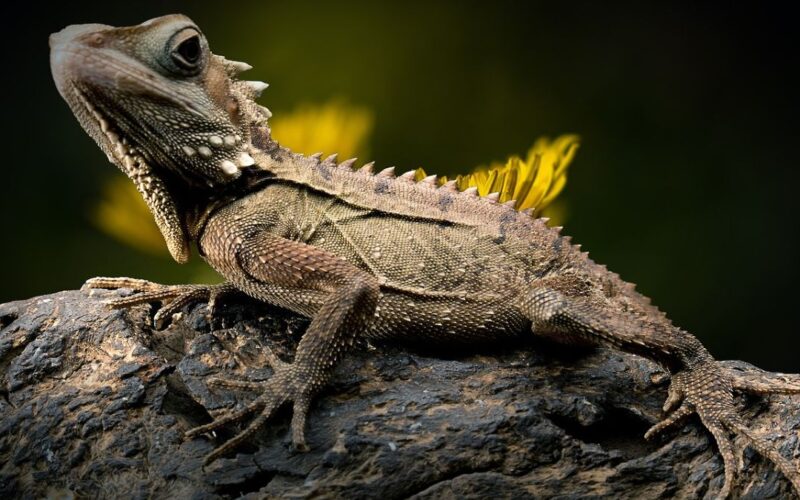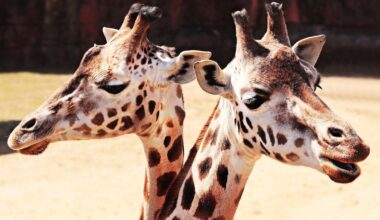Lizards, a diverse group of reptiles, inhabit diverse ecosystems across the globe, showcasing a myriad of fascinating traits and adaptations. From their exceptional diversity to unique behaviors, these creatures offer an intriguing glimpse into the world of reptilian wonders.
Unparalleled Diversity
Lizards exhibit remarkable diversity, with over 6,000 known species found across continents, except Antarctica. They vary vastly in size, color, behavior, and habitat preferences. From the tiny dwarf geckos measuring a few centimeters to the formidable Komodo dragons spanning several feet, their diversity is unparalleled.
Adaptive Abilities
Their adaptive abilities are extraordinary. Some lizards, like the chameleons, possess the remarkable skill of changing skin color to blend into their surroundings or communicate with others. This adaptive camouflage aids in hunting and avoiding predators.
Limb Regeneration
Unlike many other animals, several lizard species possess the incredible ability to regenerate lost limbs. When faced with threats or attacks, they can shed their tails (a behavior called autotomy) to escape, and the detached tail often regrows over time.
Varied Reproduction
Lizards display diverse reproductive strategies. While many lay eggs (oviparous), there are viviparous species that give birth to live young. Some lizards even exhibit different forms of parental care, with females guarding eggs or juveniles until they are independent.
Spectacular Defense Mechanisms
These reptiles have evolved an array of defense mechanisms. Some lizards, like the horned lizard, can shoot blood from their eyes as a deterrent against predators. Others inflate their bodies or display threatening behaviors to intimidate potential threats.

Ecological Significance
Lizards play vital roles in ecosystems as both predators and prey. They regulate insect populations and serve as a food source for various predators, contributing to the delicate balance within their habitats. Their presence influences plant pollination and seed dispersal as well.
Extraordinary Adaptations
Adaptations among lizards are remarkable. Some desert-dwelling species, such as the chuckwallas, have specialized scales that allow them to collect water from the air or surface of rocks, helping them survive in arid environments.
Feeding Behavior
Their feeding behaviors vary widely. While some lizards are strict carnivores, preying on insects, small mammals, or other lizards, others have omnivorous diets, consuming fruits, vegetation, and even nectar.
Longevity and Size
Lizards exhibit a wide range of sizes and lifespans. The smallest lizard, the Jaragua lizard, measures about 1.6 cm in length, while the largest, the Komodo dragon, can reach lengths of over 3 meters. Lifespans also vary, with some smaller species living a few years and larger species living several decades.
Human Interaction
Lizards have been intertwined with human cultures and beliefs for centuries. In various mythologies and cultures, they symbolize different traits, from regeneration and rebirth to cunning and wisdom. Additionally, many lizard species are kept as pets due to their intriguing appearances and relatively low maintenance requirements.
The world of lizards is a testament to the wonders of evolution and adaptation. Their astonishing diversity, unique behaviors, and ecological significance highlight their crucial roles in ecosystems worldwide. Understanding and appreciating these captivating creatures enriches our understanding of the natural world and underscores the importance of preserving their habitats for generations to come.










